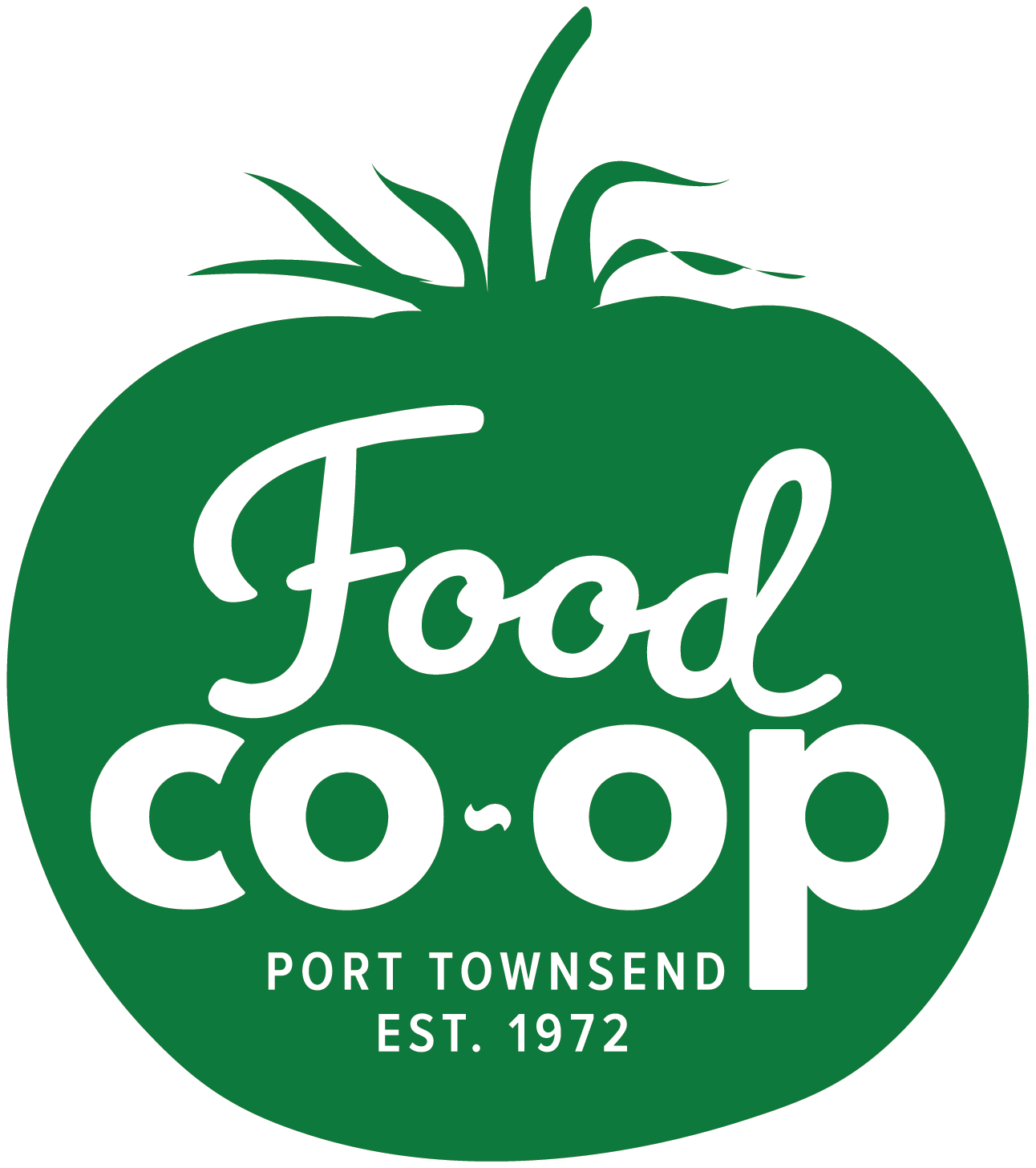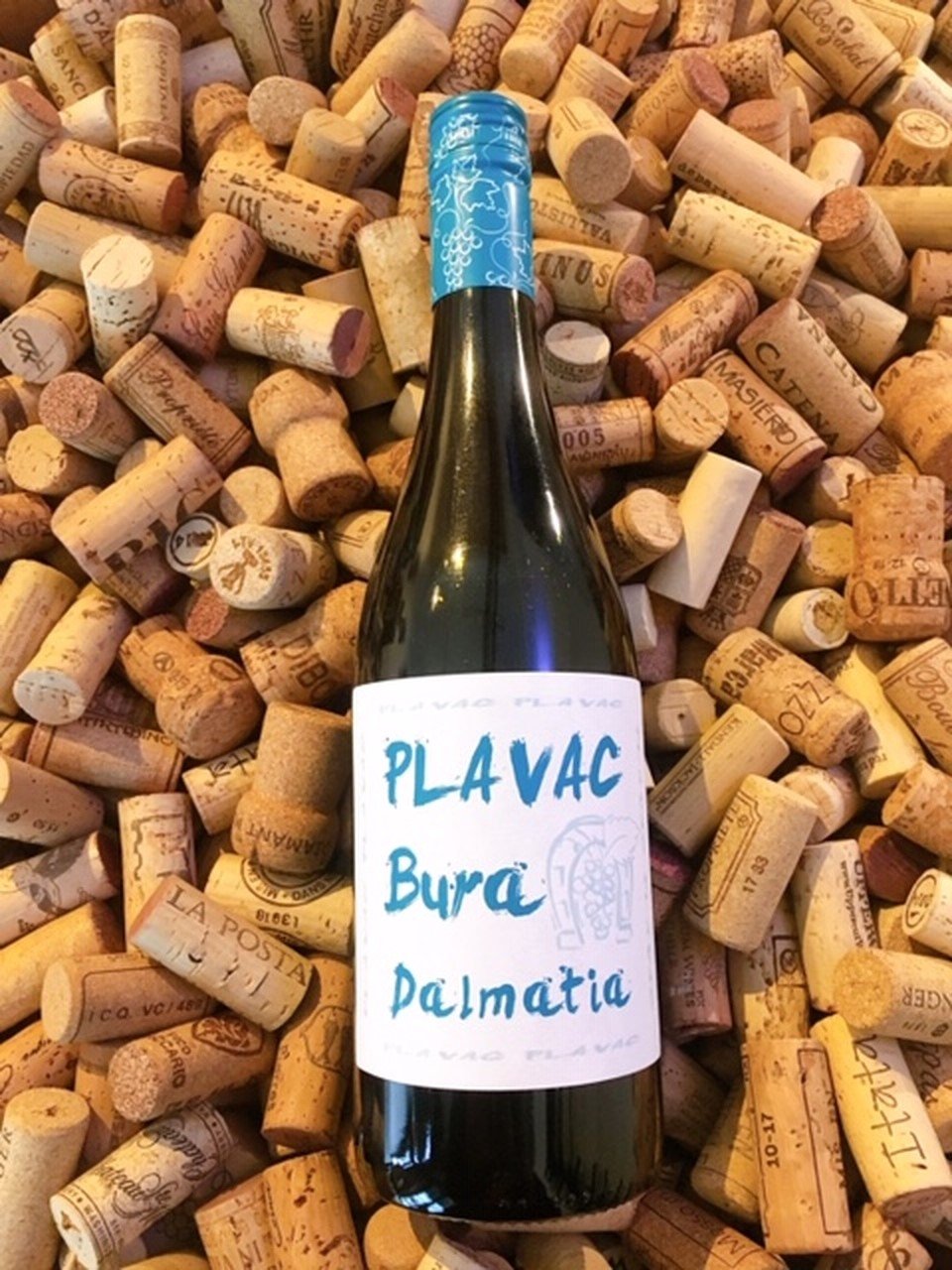Uncorked this Month
Bura-Mrgudić Plavac
The ‘Uncorked’ wine club kicked off the summer season with a bevy of wines perfect for summer sipping. From just-picked-from-the-garden salads to grilled asparagus, Dungeness crab and Penn Cove mussels, to barbecue ribs, bleu cheese burgers, to cheese and charcuterie under the stars, this month’s wines are guaranteed to enliven almost any summer meal and occasion.
• Enderle & Moll ‘Müller’ 2020
• Domaine Thillardon Pet-Nat
• Bura-Mrgudić Plavac
• Fabien Jouves Mas Del Périé ‘La Roque’ Malbec 2020
Enderle & Moll ‘Müller’ 2020
Müller Thurgau is arguably one of the most underappreciated wine grapes, yet when placed in the right hands the results can be transcendent – enter Enderle & Moll.
Enderle & Moll has been flying under the radar since 2007, arguably making some of Germany’s finest pinot noirs. And while they are widely recognized for their stunning reds – wine writer Jancis Robinson granted them ‘cult’ status – Enderle & Moll also delivers the goods on their whites.
The Enderle & Moll ‘Müller’ is made from grapes grown on 45-year-old vines from Baden. The fruit is macerated for three days on the skins before a soft pressing into stainless steel for an eight to nine-month elevage on the lees. On the palate, the ‘Müller’ is light and bright, with juicy flavors of green apple, exotic spices and tropical stone fruit. The aromatics are off the charts, and the wine pairs perfectly with Thai curries, spicy pho, shellfish, salads and appetizers.
Domaine Thillardon Pet-Nat
In this month’s shipment, four-bottle members also received a bubbly, porch pounding beauty from Domaine Thillardon. Located in Chénas, Domaine Thillardon produces lovely, organic, biodynamic gamay-based wines and their pét-nat is no exception.
Pét-nat is an abbreviation for ‘pétillant naturel’ — a French term that roughly translates to ‘naturally sparkling.’ Pét-nat is a wilder version of a sparkling wine, such as Champagne. Pét-Nat, unlike Champagne, is bottled during initial fermentation. The sugars from the grapes provide the bubbles.
During alcohol fermentation, yeasts eat sugar. The byproducts of this process are alcohol and carbon dioxide. In non-sparkling wines, such as chardonnays and pinot noirs, most or all fermentation occurs before bottling, and so there is no trapped C02, and therefore no bubbles.
Traditional Champagne, and other sparkling wines like Crémant and Cava, by contrast, are made by combining one or more still dry wines—basically, finished wines that have already undergone fermentation—with a small amount of yeast and sugary liqueur. This combination is bottled and aged, and the yeast eats the sugar in the liqueur. This second, in-bottle fermentation, produces the trapped carbon dioxide that gives these sparkling wines their bubbles. Prosecco, and other less-expensive sparkling wines, often undergo secondary fermentation in large tanks, rather than in bottles. In some cases, C02 is simply pumped into a finished wine before bottling.
Rather than blending different dry wines and putting them through a second round of fermentation and aging, pét-nat is bottled while still undergoing its first round of fermentation. The French call this process ‘methode ancestral,’ and it’s likely been around far longer than other, more complex methods of producing sparkling wine.
True to the Beaujolais style, the Thillardon pét-nat is lively and delicious, delivering loads of ripe juicy grapefruit and showing a lovely pale pink. It is lush, off-dry, totally quaffable and perfect for a picnic or mountain top toast.
Bura-Mrgudić Plavac
For North American wine lovers, and despite the cost of intercontinental shipping, Europe remains home to some of the most interesting, value-driven wines in the world, and the wines of Croatia are no exception. Working on the steep slopes of the Dalmatian coast, the winemakers at Bura-Mrgudić Plavac deliver soulful, terroir-driven, dry-farmed, organic wines at incredible values.
Bura’s vines grow at an elevation of 150 to 300 meters, on steep, south-facing, mineral-rich slopes. With some slopes as steep as 50 degrees, the Bura vineyards are terraced down the steep hillsides to the sea. The Bura family believes that the soil’s high potassium content is key to the quality and character of their grapes.
The family’s ‘Plavac’ is a fresh, vibrant, youthful example of plavac mali that is perfect to sip on a hot day or to pair with casual fare foods. Light-to-medium in body, with high aromatics made up of a dark, but bright and vivacious notes of black currant, black cherry, a touch of chalkiness and Dalmatian herbs. The palate gives you those typical chalky and dusty plavac mali tannins loaded with fruit and minerality.
Plavac mali, should be served at room temperature, but it may show better slightly chilled. It goes amazingly well with young cheeses and grilled fare. The Dalmatians drink plavac mali chilled with mussels and oysters, prosciutto and other cured meats, barbecued ribs, smoked pork or salmon.
Fabien Jouves Mas Del Périé ‘La Roque’ Malbec 2020
If there is one wine in the June shipment to share on a special occasion, Fabien Jouves Mas Del Périé ‘La Roque’ Malbec is it.
Far from the flamboyant fruit bombs of the southern hemisphere; and far from its leathery, astringent French counterparts, Jouves elevates malbec to a level most of us rarely experience. In short, the wines of Fabien Jouves stand apart, in a league of their own.
Certified organic and Demeter certified biodynamic, the cuvée Mas Del Périé La Roque is rich and full-bodied, with loads of black fruit and silky tannins, making it complex, yet perfect for drinking now. While it has the black fruit characteristics of classic Cahors, Fabien Jouves’ winemaking style makes it absolutely approachable now. This is polished, classy, special occasion-date night wine with the lush quaffability of a daily drinker. Try it with rich meats such as duck, lamb or beef prepared on the grill.
While the wines in the June shipment are currently available only to club members, they will soon be made available to the general public on the ‘Uncorked’ aisle five side-cap.
If you’d like to get in on the action, go to: https://www.foodcoop.coop/wineclub
The sign-up deadline to receive the July shipment is June 15.

